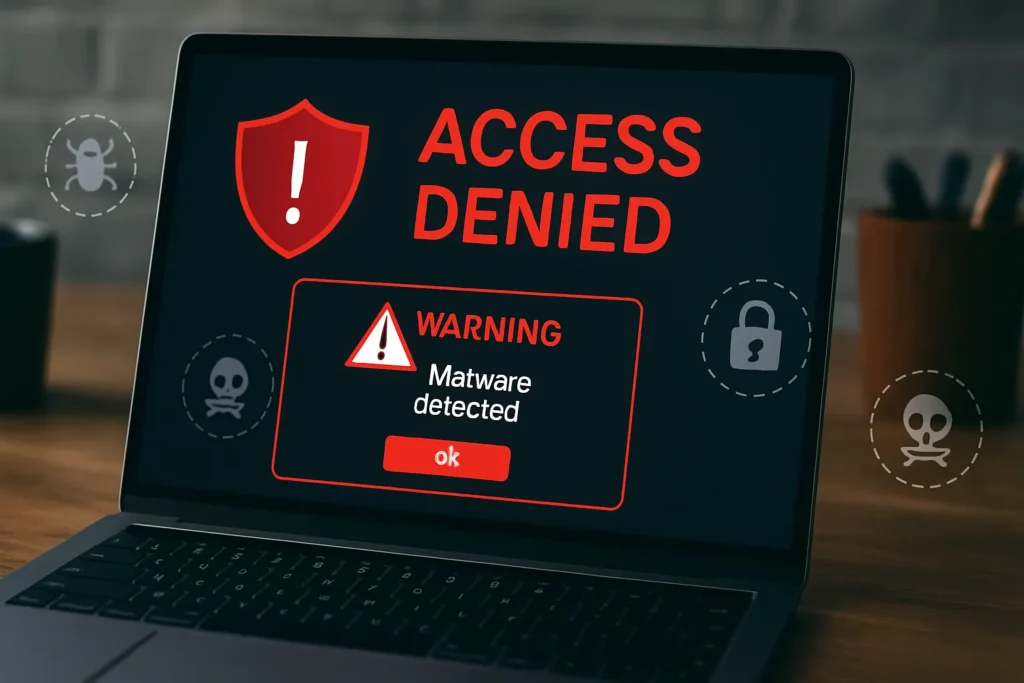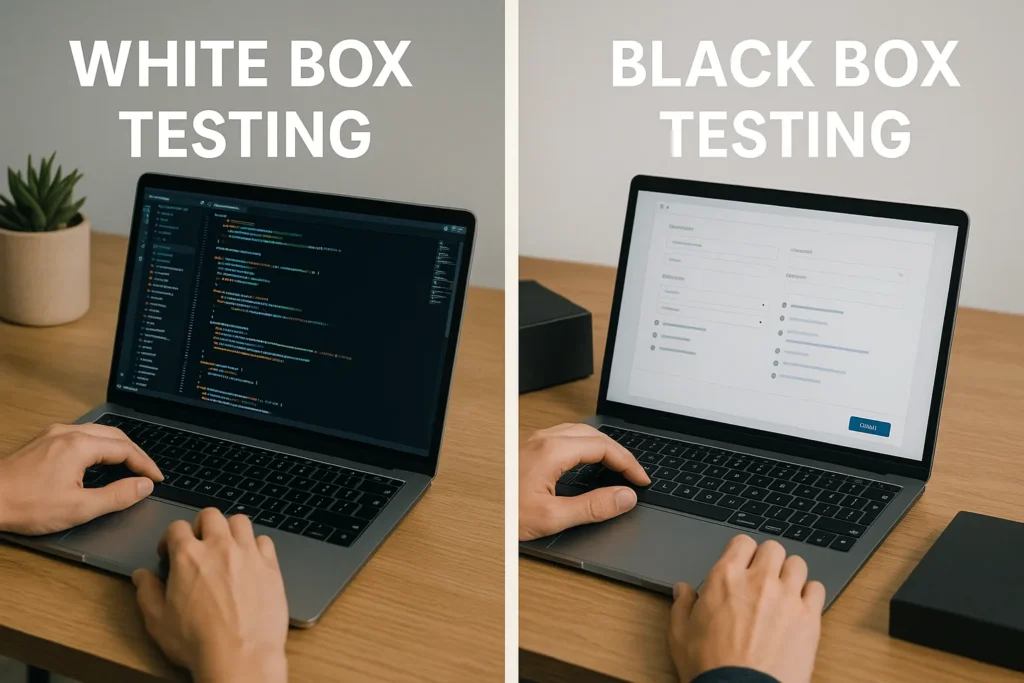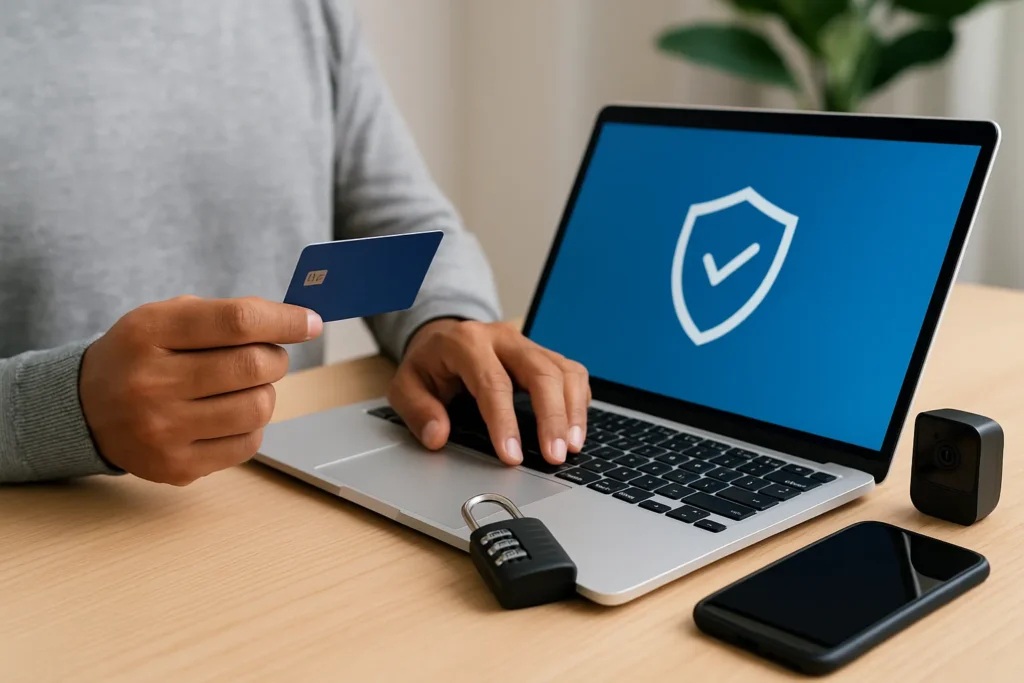Running a WordPress site means security should be a priority. This guide covers practical steps to protect your site from common threats and keep it safe.
Hackers don’t just go after big websites. They look for easy targets. That means outdated plugins, weak passwords, and open access points. These issues are common. If you’ve ignored a plugin update or reused a password, this guide is for you.
We’ll cover how to:
- Keep your WordPress core software, themes, and plugins updated
- Use secure login credentials and manage user permissions
- Choose the right security plugins and backup tools
- Understand common web security threats and how to stop them
- Use white box and black box testing tools with no technical skills required
You’ll also get tips for making web security a routine habit, even if you are not technical. Let’s get into it.
Strengthen the Basics to Improve Your WordPress Security
Web security protects your website from unauthorised access, attacks, and data theft. This includes everything from bots guessing passwords to scripts injecting malicious code. Most attacks rely on weak passwords, outdated software, or poor setup.

These risks are avoidable with reliable habits and regular check-ins. Here are some of the simplest WP security tips:
Keep WordPress, themes, and plugins updated
Skipped updates are a major cause of security breaches. Updates include patches for vulnerabilities, and missing them gives attackers an easy path in. Check weekly or set up safe automatic updates.
Use strong, unique passwords
Passwords like “admin123” or anything reused can be cracked in seconds. Use a password manager to create something secure and limit login attempts with a plugin.
(It’s one of those things that takes five minutes but makes a huge difference.)
Choose a secure hosting provider
Good hosts offer malware scanning, daily backups, and firewalls. If your hosting plan doesn’t mention these features, it’s worth switching to one that supports web security properly.
If you’re just getting started with plugins, it helps to know which ones are safe to use. Check out this list of Essential WordPress Plugins for Beginners for a reliable place to start.
Next, we’ll look at managing user permissions to control who has access to your site and what they can do.
Stay in Control: Managing User Permissions
Anyone with access to your site can create changes. Some are helpful. Some are not. Assigning the right user role to each person protects your site from accidents, misuse, or security issues that could expose sensitive information.
Most WordPress sites don’t need more than one or two administrators. If you’ve added users in the past without changing their roles later, it’s worth reviewing.
Know what each role can do
WordPress has built-in roles: Administrator, Editor, Author, Contributor, and Subscriber. Only administrators can install plugins or make system-level changes. Editors can publish and manage content, but nothing more. It’s easy to forget who you gave access to six months ago.
Avoid giving admin access unless it’s absolutely needed
Give users the lowest role that still lets them do their work. It reduces the chance of accidental or unwanted changes. (I’ve seen a casual “just add me as admin” cause major problems.)
Clean up inactive or old accounts
Accounts no longer in use can still be exploited if left open. Remove old users or change their roles to Subscriber until they’re needed again.
Proper user permissions stop small problems before they grow. In the next section, we’ll look at the most common web security threats and what you can do to block them.
Block What Matters: Common Web Security Threats and How to Stop Them
Web security threats target websites every day, and WordPress sites are a favourite. According to Patchstack’s 2022 WordPress Security report, 93 percent of security vulnerabilities came from plugins, not the WordPress core software. That’s a serious problem, especially since most sites rely on plugins for basic features.

Here are the most common threats and how to stop them:
Malware
Malicious code can be injected into your site through vulnerable plugins or forms. It might redirect users, display spam, or steal sensitive information. Watch for slow loading times or unusual popups.
(If you’ve ever thought, “My site’s too small to be a target,” bots don’t care.)
Brute force attacks
These involve bots guessing your login credentials by trying thousands of combinations. Block them by limiting login attempts and using two factor authentication. Avoid usernames like “admin” and use secure passwords.
SQL injection and cross-site scripting (XSS)
These exploit weak user input fields to run unwanted commands. Protect your site by validating all user input and using a trusted web application firewall such as Wordfence.
You can’t stop every threat, but you can block most of them before they cause trouble. In the next section, we’ll go over backups and security tools that help you recover quickly if anything goes wrong.
Smart Recovery: Backups and Security Tools That Just Work
Things can go wrong unexpectedly. A plugin fails. A theme update breaks something. Your site gets infected. That’s why backup and recovery tools are a vital part of web security. They help you restore your site without panic or starting from scratch.
In this section, we’ll cover why backups are essential, which tools to use, and how security plugins can actively protect your site while you focus on content or business.
Why backups matter
A complete backup includes your site’s files and database. If your site is compromised by malicious code, hit by data theft, or taken offline unexpectedly, you can roll back to a working version.
(Backups aren’t something you set and forget. Make sure they’re running and stored off-site.)
What to use
Tools like UpdraftPlus and BlogVault handle automatic backups and let you restore your site with one click. Look for options that send copies to Google Drive or Dropbox. That keeps your backups safe if your server fails.
(Also, test your backups. A backup that doesn’t restore is no help.)
Add security tools that protect in real time
Security plugins such as Wordfence or Sucuri do more than scan for issues. They block malicious traffic, detect unusual activity, and include features like web application firewall support and file integrity monitoring.
Once your site is protected and recoverable, it’s worth keeping it visible too. This guide on SEO Basics for WordPress Beginners helps you build search presence alongside strong security practices.
In the next section, we’ll look at tools that test your site from both inside and out to catch vulnerabilities before attackers do.
Test Before They Do: White Box and Black Box Testing Tools
One of the best ways to improve your site’s security is to test it like an attacker would. That’s where white box and black box testing tools come in. They help you spot weaknesses before someone else finds them.

In this section, you’ll learn what these testing types are, how they differ, and which tools you can use without needing a technical background.
White box testing tools
These tools scan your site with full access, like a developer reviewing internal code and settings. They look at how your web applications behave from the inside and flag known risks.
(Think of this as checking the locks and windows from inside the house.)
Examples: WPScan, Acunetix, and Detectify. These tools check your setup, themes, plugins, and even file permissions for vulnerabilities.
Black box testing tools
Black box testing simulates an outside attack with no internal knowledge. The scanner tries to interact with your site the way an attacker would. It helps identify weak user input handling, broken authentication, or exposed data.
Tools like Intruder and Netsparker run these tests and generate reports with simple action items.
(Some of them offer free trials, so you can test without commitment.)
Use both types of tools for better coverage. White box testing checks what you already control. Black box testing shows what others might see from the outside.
Next, we’ll move into specific steps you can take inside your WordPress dashboard to make your site harder to tamper with.
Take Back Control: Lock Down Your WordPress Site
Once the basics are covered, it’s time to secure the parts of your WordPress site that often get overlooked. These are small changes you can make directly in your settings, and they can stop the most common types of misuse or tampering.
This section explains three simple actions that tighten access and make your website harder to mess with.
Disable file editing inside the dashboard
By default, WordPress allows admins to edit theme and plugin files from within the dashboard. That’s risky. If someone gains admin access, they could install malicious code in seconds. You can disable this by adding a single line to your wp-config.php file.
(If you’re not sure how, your host can help. It takes about a minute.)
Turn on two factor authentication
This adds an extra layer when logging in. You enter your password, then confirm it with a code from your phone. Even if someone steals your password, they cannot get in without that second code.
Tools like Google Authenticator or Authy make this simple.
Log out idle sessions
Users sometimes stay logged in on public or shared devices. A plugin like Inactive Logout automatically signs them out after a set time. That limits risk, especially on sites with multiple contributors.
Each of these changes adds another barrier between your site and a potential threat. Coming up next, we’ll wrap up with tips for keeping your site secure without burning out or overcomplicating things.
Keep It Going: Simple Habits That Make Security Easier
A secure site isn’t something you set up once and forget. Threats evolve, plugins change, and sometimes things break. Keeping your WordPress website protected is about small habits that fit into your routine.

This section highlights what you can do regularly to stay ahead without feeling overwhelmed.
Check for updates weekly
It only takes a minute to scan your dashboard. Keep your WordPress core software, plugins, and themes updated. Most security issues happen because updates were ignored.
(If you prefer not to check manually, set your site to auto-update only trusted plugins.)
Review user accounts monthly
Remove old accounts, update roles, and reset passwords if needed. This helps prevent unauthorised access from forgotten logins or shared credentials.
Test your backups
It’s not enough to have backups. Make sure they work. Run a test restore once a month to confirm your files and database are recoverable.
(Testing now saves panic later.)
Skim your security plugin dashboard
Tools like Wordfence and Sucuri show login attempts, blocked IPs, and any recent scans. Just a quick look once a week can help you spot strange behaviour early.
These habits don’t need to take long. Set a calendar reminder, or tie them to another regular task. In the final section, we’ll pull everything together and point you to one more resource that helps support a more secure WordPress site.
You’re Closer to a More Secure WordPress Site
You’ve just gone through practical steps to improve your WordPress security. From managing updates and user accounts to using smart tools and testing your site, these changes help protect your content, data, and peace of mind.
Security doesn’t need to be overwhelming or technical. It’s about staying aware, making small improvements, and keeping good habits in place.
If you’re looking for more help building a secure, successful site, check out the resources at DPR Conference. There’s more to explore, especially if you want to keep improving without doing everything alone.
Now that you’ve taken action, you’re in a stronger position. That’s worth feeling good about.